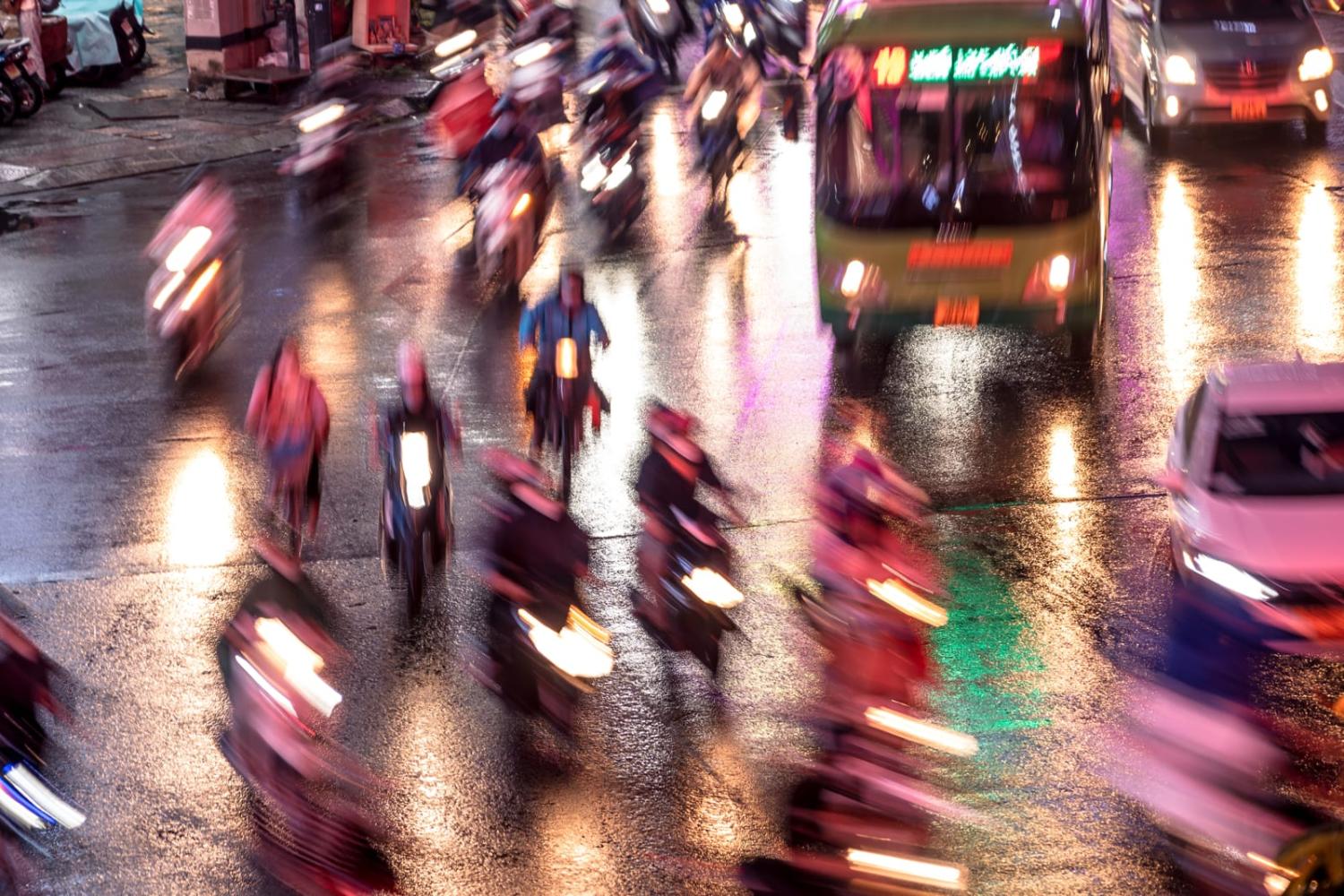Dao (not her real name) came to Thailand from Laos when she was 17. With her hearing impairment, she had struggled to find work in Laos. Dao’s aunt told her that she could find her a job in a restaurant in Thailand. Instead, she took Dao to a karaoke bar where she was forced into sex work. Although Dao has since escaped, she has not returned home, and makes her living selling souvenirs in Bangkok.
Human trafficking is a significant human rights challenge. Across Asia and the Pacific, around 15.1 million people are estimated to be in trafficking situations. People with disabilities are widely recognised as a group at risk of trafficking. But little is known about the specific vulnerabilities they face, what types of trafficking they experience, and how well existing counter-trafficking efforts and recovery services are meeting their needs.
Recent research from the ASEAN-Australia Counter-Trafficking program looked at the intersection of disability and trafficking in Indonesia, the Philippines and Thailand. It found that people with disabilities experience all forms of trafficking. In line with broader trafficking patterns in the ASEAN region, sex and labour trafficking (including forced begging) are the most common. Women and girls like Dao are often particularly vulnerable.
In many cases, it is those who should be responsible for protecting people with disabilities – their parents or other family members – who exploit them, often in their own home or community. Because this kind of trafficking is less visible, and happens on a smaller scale, only the worst cases may come to the attention of authorities.
People with disabilities experience many of the same conditions that make other groups vulnerable to trafficking, including poverty and limited education and employment opportunities. But these factors are exacerbated by having a disability.
For example, people with disabilities and their families experience higher levels of poverty and have fewer options for decent work. It can also be difficult for people with disabilities to access and complete education. This means they may not have the skills and knowledge to make judgements about exploitative situations. They may also be less aware of their rights, including their rights at work and their sexual and reproductive health rights.
Vulnerability to trafficking can be influenced by the type of disability. Adults – and particularly children – whose disabilities are more visible, including people with physical disabilities or visual impairments, for example, are more vulnerable to forced begging because they are more likely to evoke sympathy from passers-by. Having an intellectual or learning disability can mean a person is less likely to understand when they are being manipulated or misled.
The nature of trafficking involving people with disabilities means that existing processes for identifying victims such as screening at airports, labour inspections, or raids on suspected commercial sex operations miss many trafficking victims with disabilities. If victims of trafficking are not formally identified, they may not be able to access the full range of services available to help them recover.
There are also significant challenges with underreporting. Underreporting of trafficking and exploitation is a global phenomenon, but people with disabilities face additional barriers. In particular, dependence on traffickers who are family members – for care and as a source of household income – makes many victims reluctant to report. In some cases, this is because the family relies on the income from the exploitation. Underreporting is also driven by shame and embarrassment, mistrust of authorities, or fear of being returned to abusive situations. Government hotlines for reporting trafficking are not accessible for people with many kinds of disabilities.
Despite greater awareness of disability, police, social workers and others involved in screening and identification of trafficking victims often do not have the skills or knowledge to identify if a person has a disability, particularly if the disability is not immediately apparent.
Even if trafficking victims with disabilities are identified, recovery services often don’t meet their specific needs. Few shelters are set up to accommodate the needs of people with disabilities. There is still significant stigma associated with mental health, and a limited number of psychologists and psychiatrists, especially outside major cities. This makes recovery from the trauma of trafficking difficult. For these reasons, NGOs often play a critical role in filling gaps in government services, including supporting victims to access health services and navigate the legal system as well as providing vital peer support. But they do so largely without government funding.
Making people with disability more visible in counter-trafficking efforts will mean bridging the gap between organisations working to prevent and respond to trafficking and those which represent and serve the needs of people with disabilities. At a recent 2-day conference in Bangkok, representatives from the justice sector, NGOs and disability organisations from across ASEAN discussed these challenges and identified concrete ways to address them. Among these were improving screening and identification processes to better identify disabilities and enable collection of disaggregated data, providing disability awareness training for police, social workers and shelter staff, and developing accessible information on trafficking and exploitation targeted to people with disabilities. These and other steps can help ensure that counter-trafficking efforts don’t leave those who are most vulnerable behind.
The research on which this article is based was carried out by Elisabeth Jackson, Cucu Saidah, Abner Manlapaz and Alisa Sivathorn. The report was launched on 16 April at a side event during the 24th Conference of the Alliance Against Trafficking in Persons.
The ASEAN-Australia Counter-Trafficking Program is funded by the Australian Government. The views expressed are those of the author and do not represent the view of the Australian Government.

